Words and illustration by Marika Callangan
Growing up as a ’90s kid, my little girl childhood was greatly spent surrounded by classic Disney women in frolicking gowns, songs in their heads, colors in the wind, the whole shebang. My favorites comprised of Belle from Beauty and The Beast, Ariel from The Little Mermaid, Princess Jasmine from Aladdin, and Esmeralda from The Hunchback of Notre Dame. They were embodied characteristic of strong-willed, epic women who knew what they wanted and did whatever it took to claim the adventure they felt they deserved. The men who fell for them for these traits was a bonus they all probably didn’t expect. Compared to the old-school princesses like Cinderella, Snow White and Princess Aurora, the ’90s Disney women were damsels who dealt with distress quite well.
Pop culture back in my day also introduced this super girl group widely known as Sailor Moon–princesses from other planets trapped on Earth who garbed themselves in color-coordinated schoolgirl miniskirts, crystal-perfect nail polish, and fancy whirlwind magic powers, armed in absolute girl power to defeat the forces of evil while discovering the depth of their true identities and finally, strength. The original peg for #squadgoals, in my perspective.
And amid all this empowering femininity, one girl in all the ’90s world stood out the most for me: her name was Buffy Summers (Buffy the Vampire Slayer) and her character was this radical chick who slayed not just vampires, but world standards with a wooden stake and a perfect set of heels. It was so empowering to watch.
I rattle on about these fictional women characters because, as early as when I was years old, these were the kinds of characters that first shaped my worldview on women and introduced me to the notions of feminism. They were captivating femme-fatale characters guised in girly outfits but who embodied strength and grace, despite their flaws and shortcomings. More than being able to snag a Prince Charming, these were women characters who kicked evil in the butt–all in a fancy dress and a casual shrug and a witty quip to top. In my point of view at age five, that is how I believed the modern woman should be. At age 25, I firmly retain this stand. Adolescence, however, became a time where I began to question why I couldn’t be any of these character pegs I set for myself and all womankind because I began to compromise most of what I believed was right for the sake of societal dictates on how a woman ought to be.
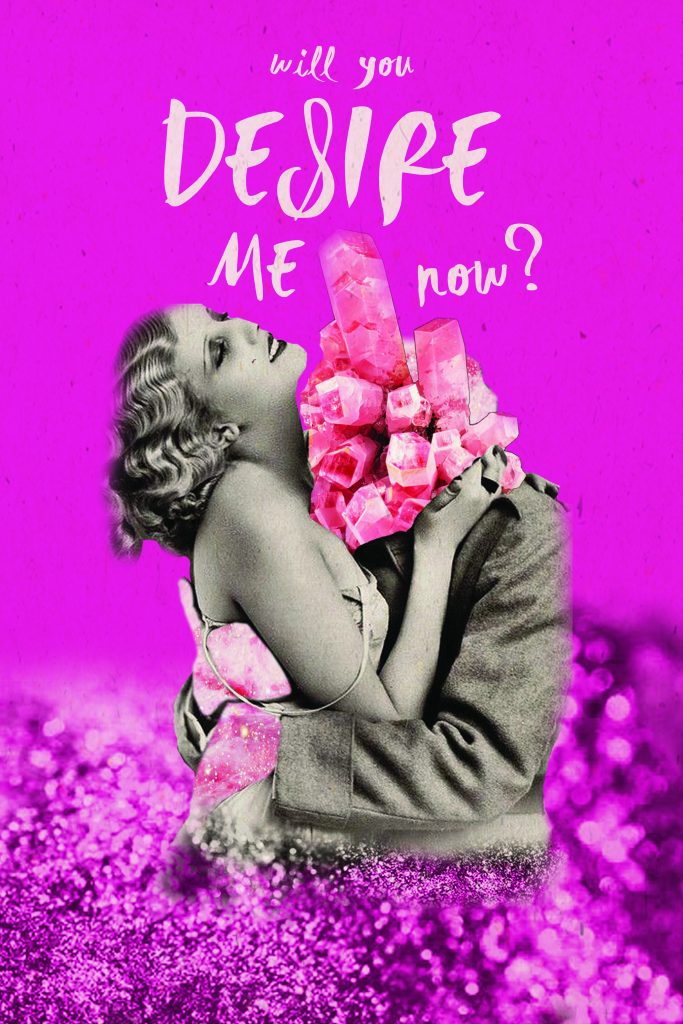
Princesses have come and gone, but Buffy remains the character I always turn back to. She was a super girl, empowering but relatable. Despite being “the one girl in all the world,” she struggled to be just like every other girl in the world. She openly desired to be a princess garbed in a frolicking gown, a song in her head and all the colors of the wind flitting about her. While the plotline always showed us how she chose the greater, selfless good, her heart also always remained firm in its need: to be seen, to be known, to be captivating as a woman. Viewers like me would end up watching how she mistakenly thought that being these things entailed for her to Prom Queen or be part of the popular, pretty crowd–all flawless, skinny and magnets for boys. She had to fit in to society’s standards in order to be deemed a woman worth looking at, saving the world and having a good soul be damned.
It was probably one of the most devastating things I ever watched as a child. I didn’t understand it fully until I went through these kinds of doubts and started compromising my being as a Woman.
Most of us can relate to this particular stigma of not living up to a certain standard that is not our own. Media and society and institutions have dictated on how both men and women ought to be—from physical appearance to stature to a person’s behavior and demeanor.
Every day I asked how it was even possible that without even trying, I had already failed as a woman and needed to be corrected almost immediately. Oddly enough, despite all these expectations, no actual guide was offered while on this journey of becoming an actual woman. It was incredibly frustrating to always receive a how, when all I sought for was the why.
The bottom line: if you couldn’t properly conform to these standards, then you may as well have “failed” as a woman and should probably “try harder.” Your chances of becoming Prom Queen or a princess or even someone captivating get slimmer and slimmer. What a bummer. Is it no wonder why most people feel so little of themselves? Why Berlin ArtParasites and “Love Yourself”-themed songs are such huge hits?
In my years of living on this earth, not a phase in my life has gone by without being accosted on how to be the right woman, derived from ideas, dictations and expectations from some deeply-embedded generational standard. You could literally pinpoint to every detail that was wrong in a woman and have it solicitously corrected by an indefinable series of people. Help came in the form of pushing a woman to work on achieving some shallow, perfectionist-seeking and life-altering image that most do not even know where such an idea came from, but take it as it is.
My path to becoming a woman comprised mostly of afflictions that drummed around the lines of never being enough, but also being too much, made felt by family, friends, boys, random strangers and other alien forms. Every day I asked why I had to compromise my femme fatale Buffy and Disney princess pegs. Every day I asked how it was even possible that without even trying, I had already failed as a woman and needed to be corrected almost immediately. Oddly enough, despite all these expectations, no actual guide was offered while on this journey of becoming an actual woman. It was incredibly frustrating to always receive a how, when all I sought for was the why.
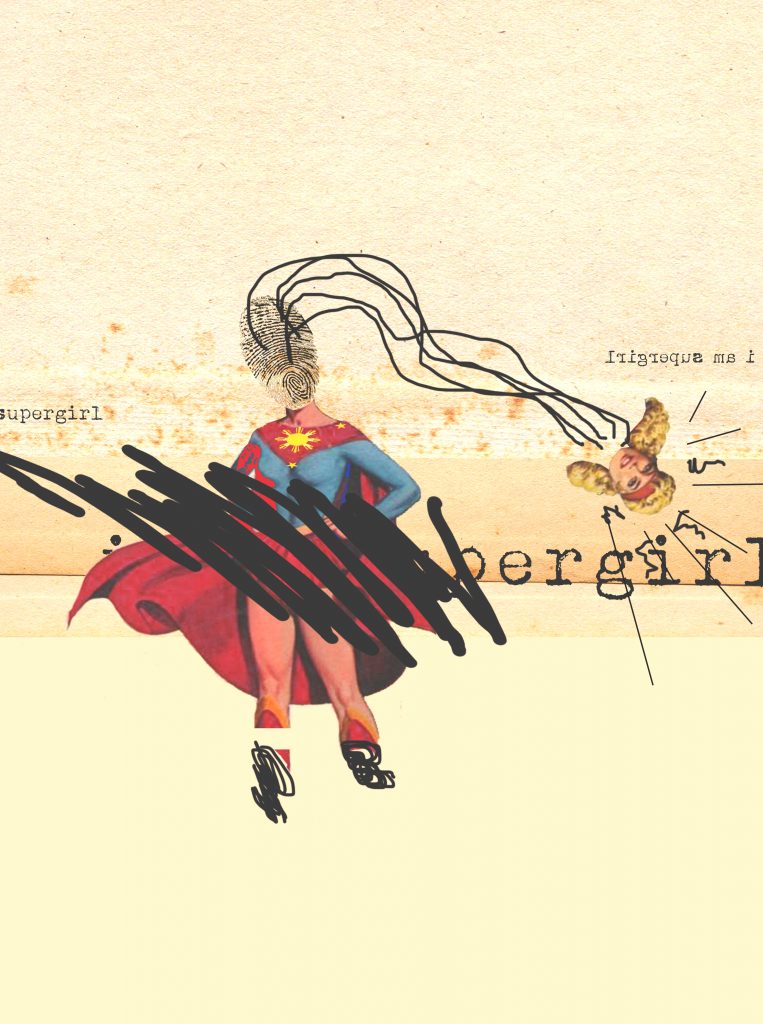
I wanted to understand why I felt the need to compromise part of my heart for a set of ridiculous standards that were meant to up my image, but would eventually kill me as an authentic human being. None of these questions were ever genuinely answered by these dictations, only trampled upon.
A couple of years back I discovered I had a tumor in my ovary—an endometriosis cyst that gently suggested a lifetime disease that would comprise of many surgeries, many complications, and my potential infertility. This news devastated me to a whole new level. All my life I was trained to think that the woman was designed to create life. To have that right be taken away even at a time I wasn’t looking for it felt like something was being ripped from within. I have never felt such fear and darkness for a future I felt was threatened. Ultimately, I resigned my dreams on being seen, being known and being captivating as a woman at that time. Because (if following societal standards on being the right woman), how exactly do I explain this to my future husband? Who would actually want me now after discovering this damaged package that was me? How would anyone even attempt to find me captivating and pursue me with this serious heavy-weight problem in tow? You see what I meant about failing as a Woman without even trying? All I thought about was how my chance at being a “princess” or being “that right woman” was drastically becoming slim to none.
Art came in, unexpectedly.
It was like a love story. It came unexpectedly, and it filled me so cataclysmically—this sudden newfound passion I refused to let go. In the midst of my womanhood crisis, it made me forget all about trying to be the right woman and made me think about finding my purpose. Art gave me the opportunity to start anew on a blank canvas. It gave me the opportunity to create things out of nothing, most things I never thought I would be able to do. This is a surprise to me—coming from being told that I may not be able to create what I was designed as a woman in the first place.
The idea of creation (at least, for a mortal) is an enthralling mystery. It begins with doubt, mingled with the seeds of desire to create. It plays with untapped abilities and unseen potentials. Often, doubt is the hindering factor that tempts you to drop the entire act of creation altogether. Then this gravitational pull comes in, enamoring, luring you to just do it, come what may. It comes from some inexplicable force, and it happens suddenly and with intention—but all the same, it happens and the end result astounds you, almost to the point of not recognizing yourself.
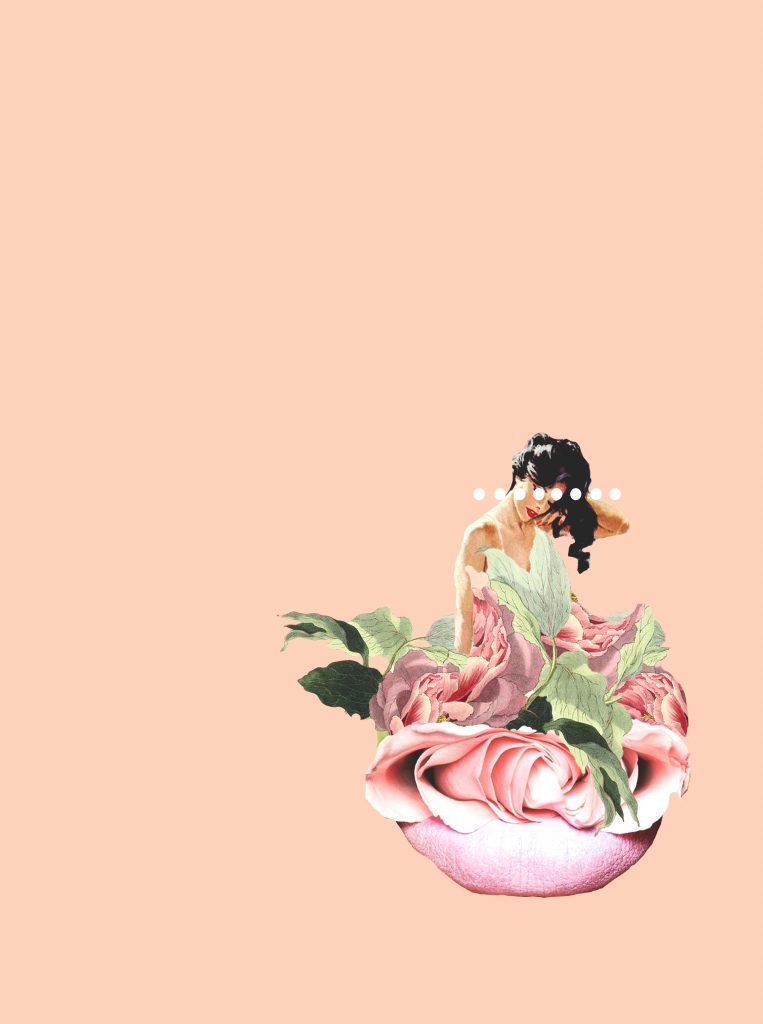
Strangely, you find there is no concrete explanation as to how one thought led to another, but the result is an ethereal masterpiece. Ultimately, creation allows you to dabble with the perfectionism you, as a woman, spent most of your life being shoved into becoming—and then allowing you to throw it away with a dramatic finality that says, “Fuck this shit.”
Like in art, being a woman must come with a certain sense of freedom in order to achieve authenticity, value and beauty in its purest form. There is a profoundness in the moment you realize your ability to create from nothing. As a woman, it is empowering as it is liberating. No societal standard has ever mentioned that divine ideal. Seeing your ability to create one small masterpiece can empower you to create the next big thing both for yourself and perhaps, others. The possibilities begin to list themselves down until they eventually become an endless stream of newfound hope and unintended dreams. This self-empowerment is paramount to any woman used to compromising her authentic potential for society’s version of the ideal woman.
Strangely, you find there is no concrete explanation as to how one thought led to another, but the result is an ethereal masterpiece. Ultimately, creation allows you to dabble with the perfectionism you, as a woman, spent most of your life being shoved into becoming—and then allowing you to throw it away with a dramatic finality that says, “Fuck this shit.”
And while art might not exactly be the answer to many problems women face to this day, it does have the power to stir forces within that can start something revolutionary, and something extraordinary. And the participative act in creating returns back to you, in an attempt to affirm the idea that you have not failed in anything, most especially in being a woman. There is this potential that exists within you that desires to free you and explore the bloom of your true becoming. Ultimately, art can help progress current notions of feminism and stir you to create your being, not according to how society wants you to be, but according to how you paint it to be on your canvas.
It is from all these things that I founded Woman, Create, a movement that aims to empower and engage young women through art, creativity, and discourse. It was birthed by these core principles and continues to be grounded in them. By creating more, you become more. It is the platform that aims to tap potential to rise and inspire change through art. It empowers women with the call to create and change perspectives, compel beings into taking courageous leaps of faith and break standards both for themselves, and eventually, for others. It aims to build a community that shares the idea that authentic femininity can be created like art, and not merely derived from a generational textbook. It believes that the woman’s empowerment and becoming begin with the self, and the act of art is such that is done in solitude, heavily banked on seeking the depths within the self, and then, naturally made to flow outward.
The point of feminism, as told through art, illustrates truths about finally being seen, being known and being captivating as a woman. Art comprises of these attributes by nature. And all art is a mere reflection of the artist.
Tell me, how can you not find empowerment in your creation?
This article originally appeared in the July-August 2016 issue, and has been edited.


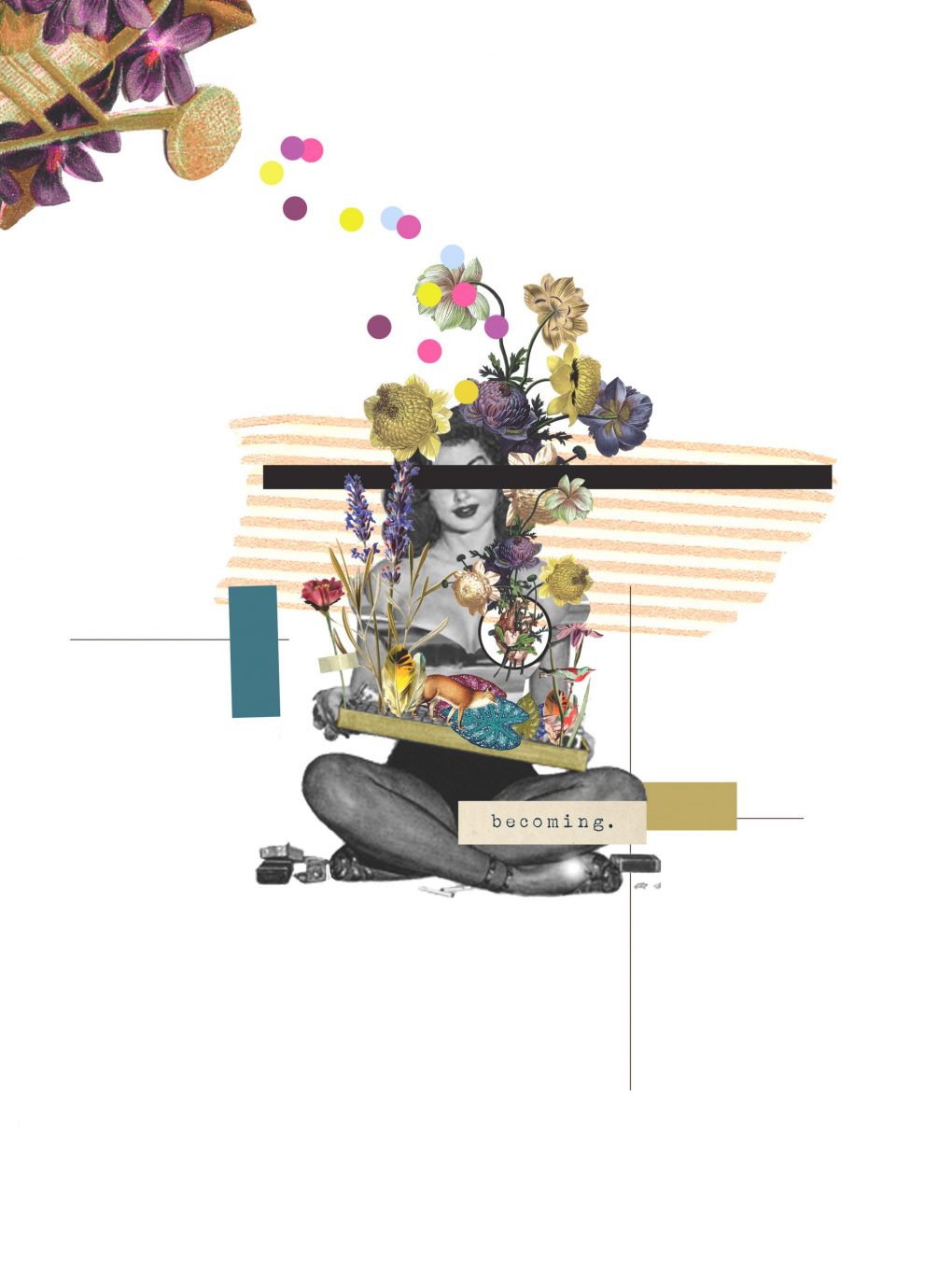













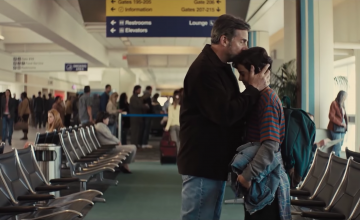
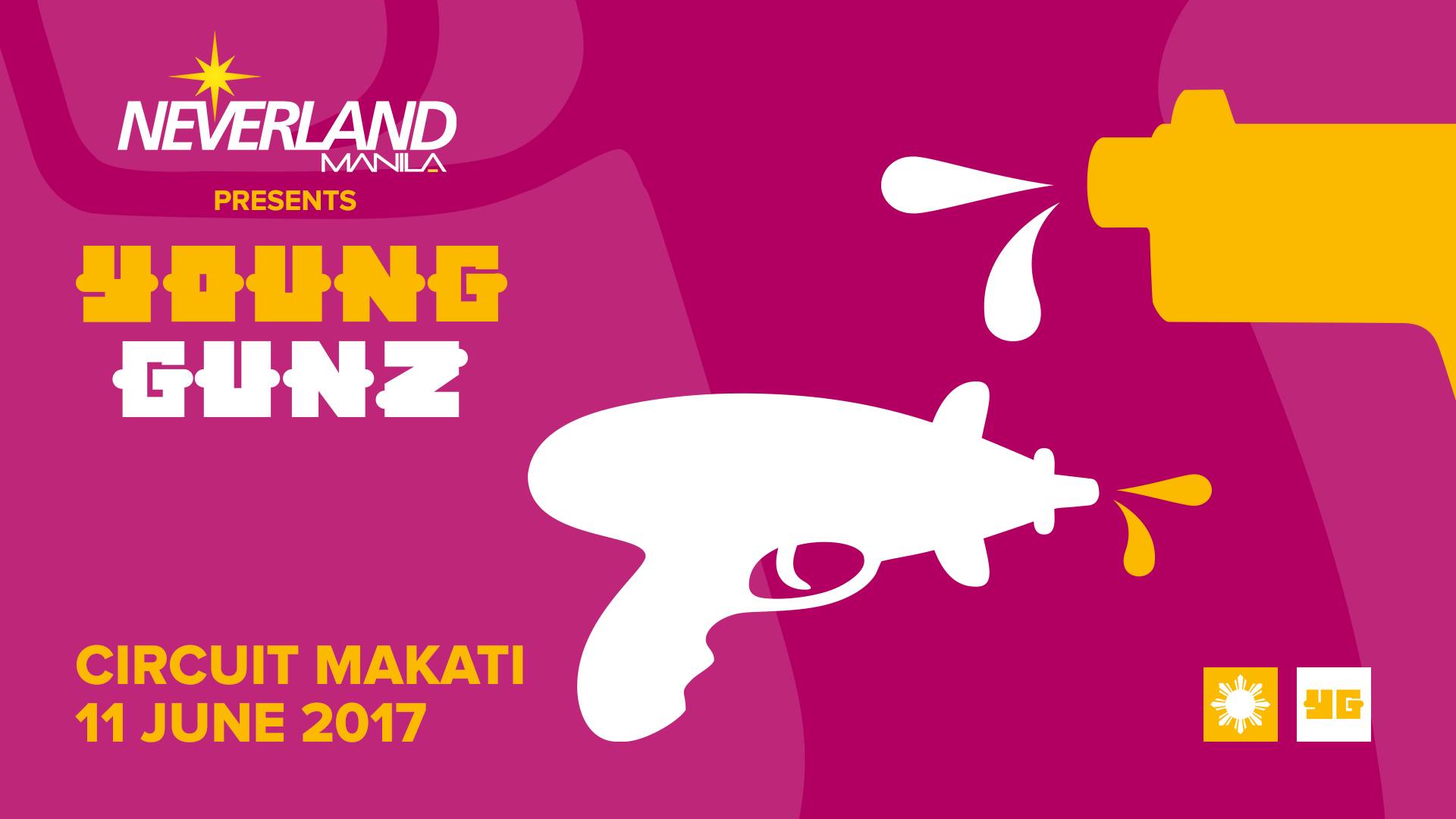
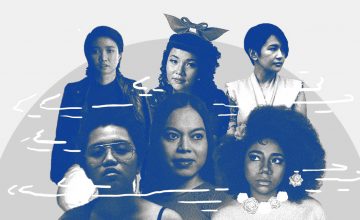






Comments